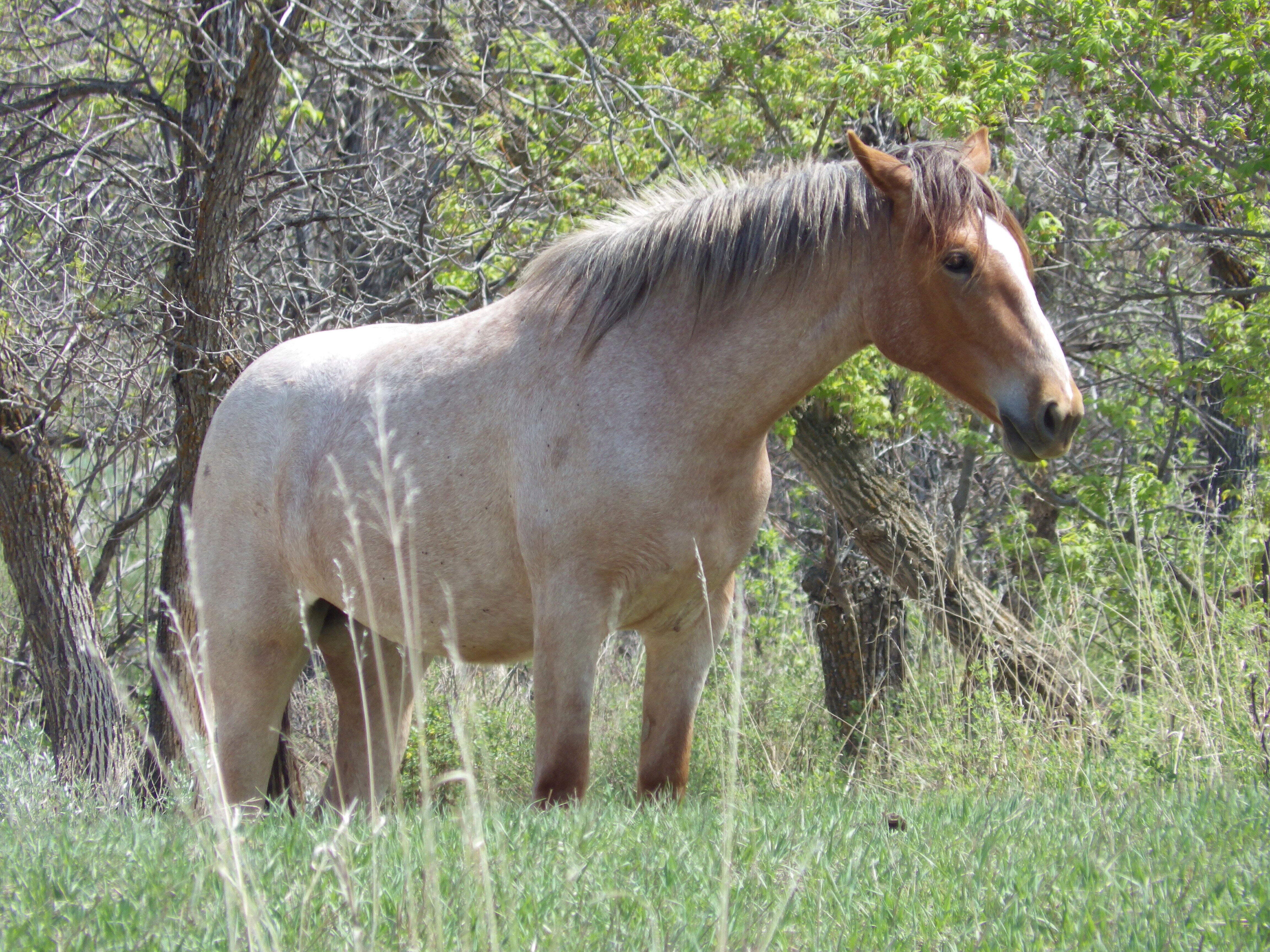Australia approves aerial culling of wild horses after banning it more than two decades ago
‘The change is essential to protecting the park’s threatened native wildlife and ecosystems’

Australia has approved the culling of wild horses by aerial shooting in one of its largest national parks, reviving a banned practice in an attempt to protect the native wildlife.
The population of wild horses – locally known as brumbies – has increased by a third in the last two years to over 19,000 in the Kosciuszko National Park in New South Wales.
The authorities wanted to contain their population to about 3000 by mid-2027.
“Threatened native species are in danger of extinction and the entire ecosystem is under threat. We must take action,” NSW’s environment minister Penny Sharpe said.
“This was not an easy decision, no one wants to have to kill wild horses.”
The national park has already implemented measures to capture, relocate, and euthanise wild horses on the premises, but Ms Sharpe said that it was not enough.
Reports say that although wild horses are a natural component of certain landscapes, their excessive numbers can result in ecological imbalances and pose a threat to native plant and animal species.
In 2000, aerial shooting of brumbies was briefly allowed when more than 600 wild horses were shot dead within three days. However, a massive backlash led to the banning of this method.
In 2018, under the leadership of Gladys Berejiklian, the NSW government introduced legislation commonly referred to as the “Brumby Bill”. It mandated safeguarding the “heritage value” associated with the wild horses. The New York Times reported then that the move by the state dismayed Australian and international scientists, who said it would set a “disturbing precedent”.
“I know this decision will upset some members of the community. I empathise with those who feel distressed that we must undertake control programmes. My commitment is that I will always be open and honest with the community about these matters, without risking safety to visitors and staff,” Ms Sharpe said in a statement.
In 2018, the NSW Threatened Species Scientific Committee identified habitat degradation and loss caused by feral horses as a significant threat. This process was found to have adverse effects on over 30 NSW and Commonwealth-listed threatened species and ecosystems.
Among the affected species and communities are the critically endangered southern and northern corroboree frogs, the endangered Alpine she-oak skink, the vulnerable broad-toothed rat, the critically endangered blue-tongued greenhood, and the critically endangered fish stocky galaxias.
Authorities say that “soil, waterways and limestone caves are also under threat” due to the excessive population of wild horses in the park.
“The change is essential to protecting the park’s threatened native wildlife and ecosystems,” the authorities said in a statement.
The Invasive Species Council, a conservation group, has welcomed the decision to resume aerial shooting in response to Australia’s estimated feral horse population of up to 400,000.
The group’s advocacy manager Jack Gough said the wild horse population in New South Wales was growing at a rate of between 15 and 18 per cent a year. “The science is crystal clear and the public and political mood has shifted as Australians have become better informed about the damage feral horses are doing to the high country,” he continued.
“No one likes to see animals killed, but the sad reality is that we have a choice to make between urgently reducing the numbers of feral horses or accepting the destruction of sensitive Alpine ecosystems and habitats, and the decline and extinction of native animals.”
But the decision also made some unhappy. “The NSW Labor government has failed to uphold any of their election promises for animal protection reform,” Emma Hurst of Australia’s Animal Justice Party was quoted as saying by Sydney Morning Herald. “It is clear that animal welfare is not on their priority list, and this announcement to allow inhumane aerial shooting is just another example.”
Australian Brumby Alliance president Jill Pickering told ABC News: “I am really saddened. It’s terrible for us and even worse for the brumbies. It’s impossible to get an accurate shot.”
She is concerned that the welfare of the horses may be compromised if the accuracy of the aerial shooters is not precise enough to ensure an instant, humane kill. “After the aerial shooting, we will find shattered hindquarters, bullets everywhere and the odd horse still alive. So no amount of saying that it’s going to be humane can cut it with us.”
Subscribe to Independent Premium to bookmark this article
Want to bookmark your favourite articles and stories to read or reference later? Start your Independent Premium subscription today.

Join our commenting forum
Join thought-provoking conversations, follow other Independent readers and see their replies